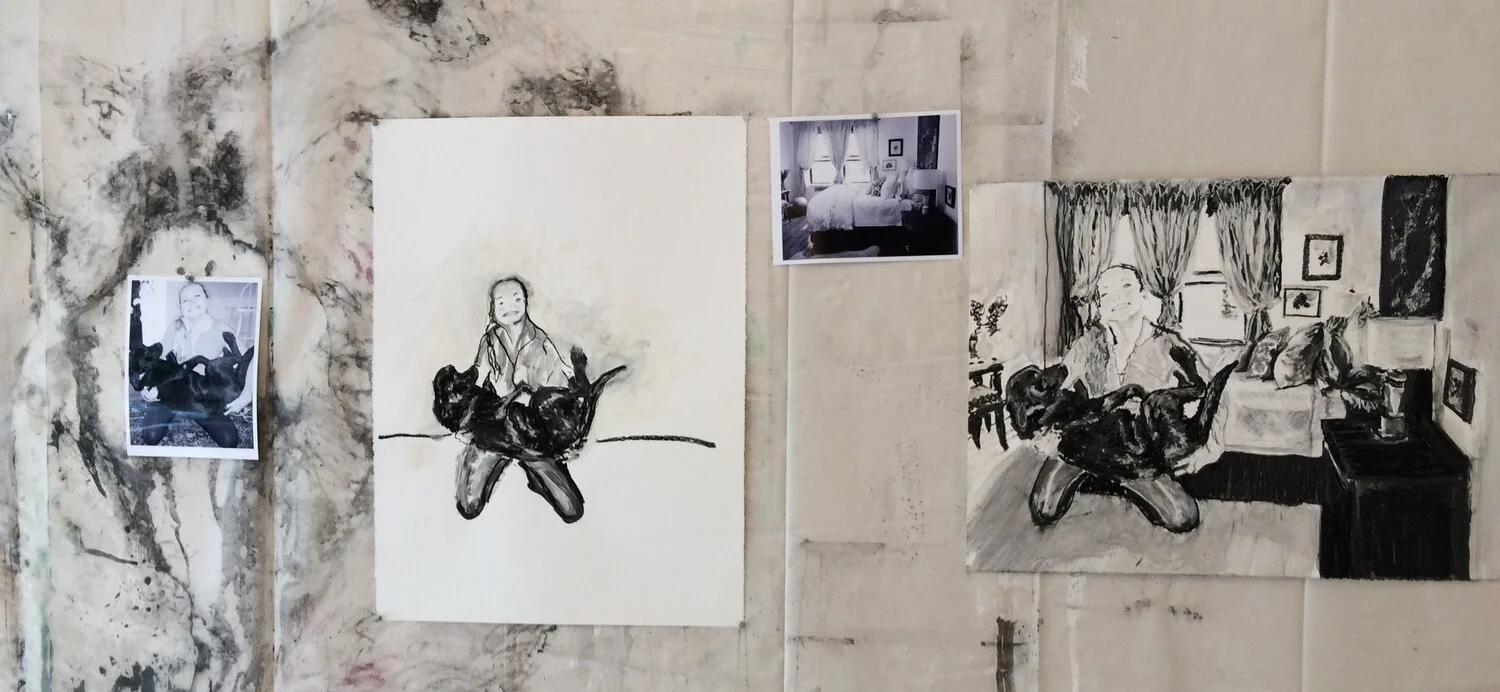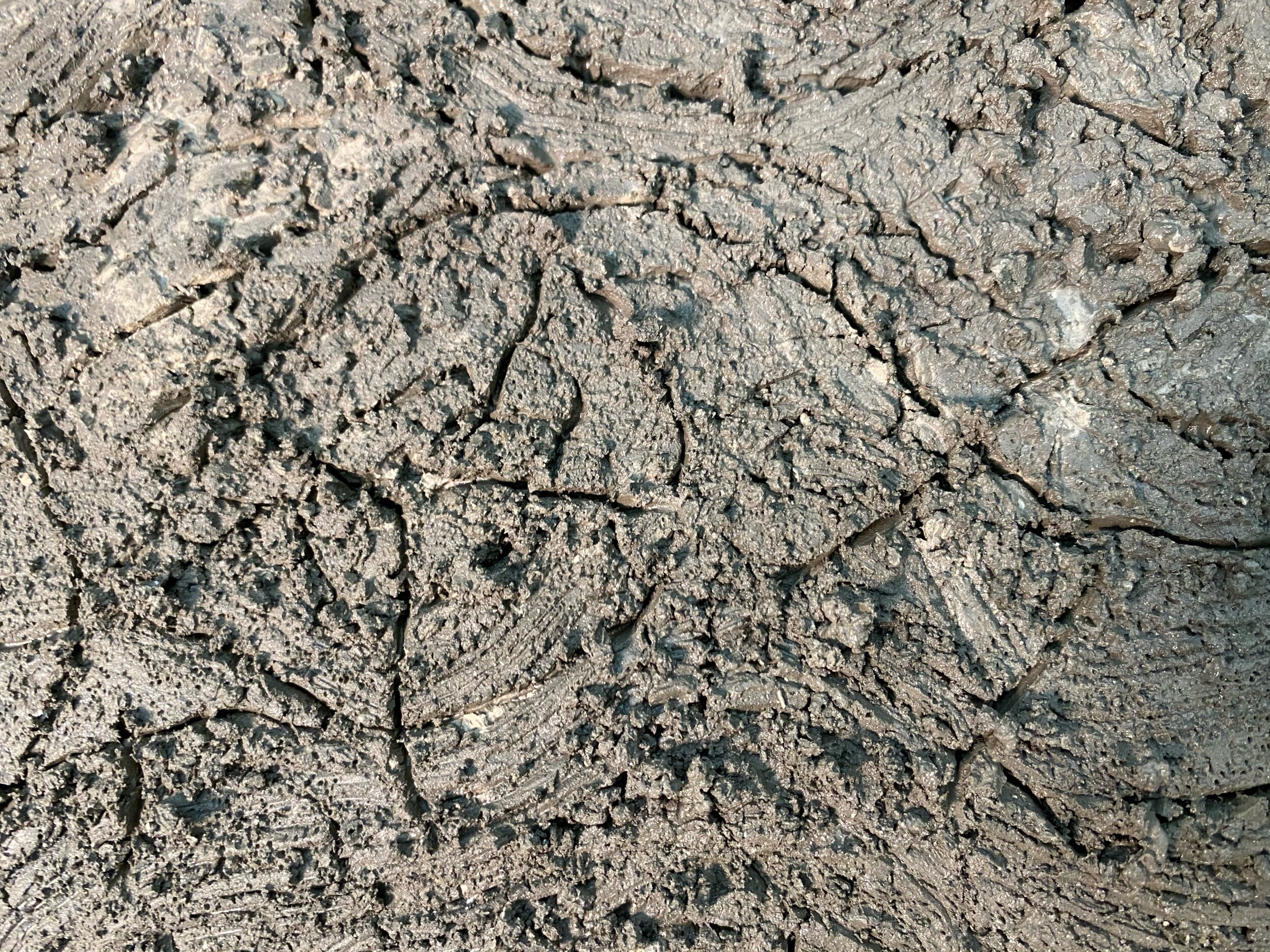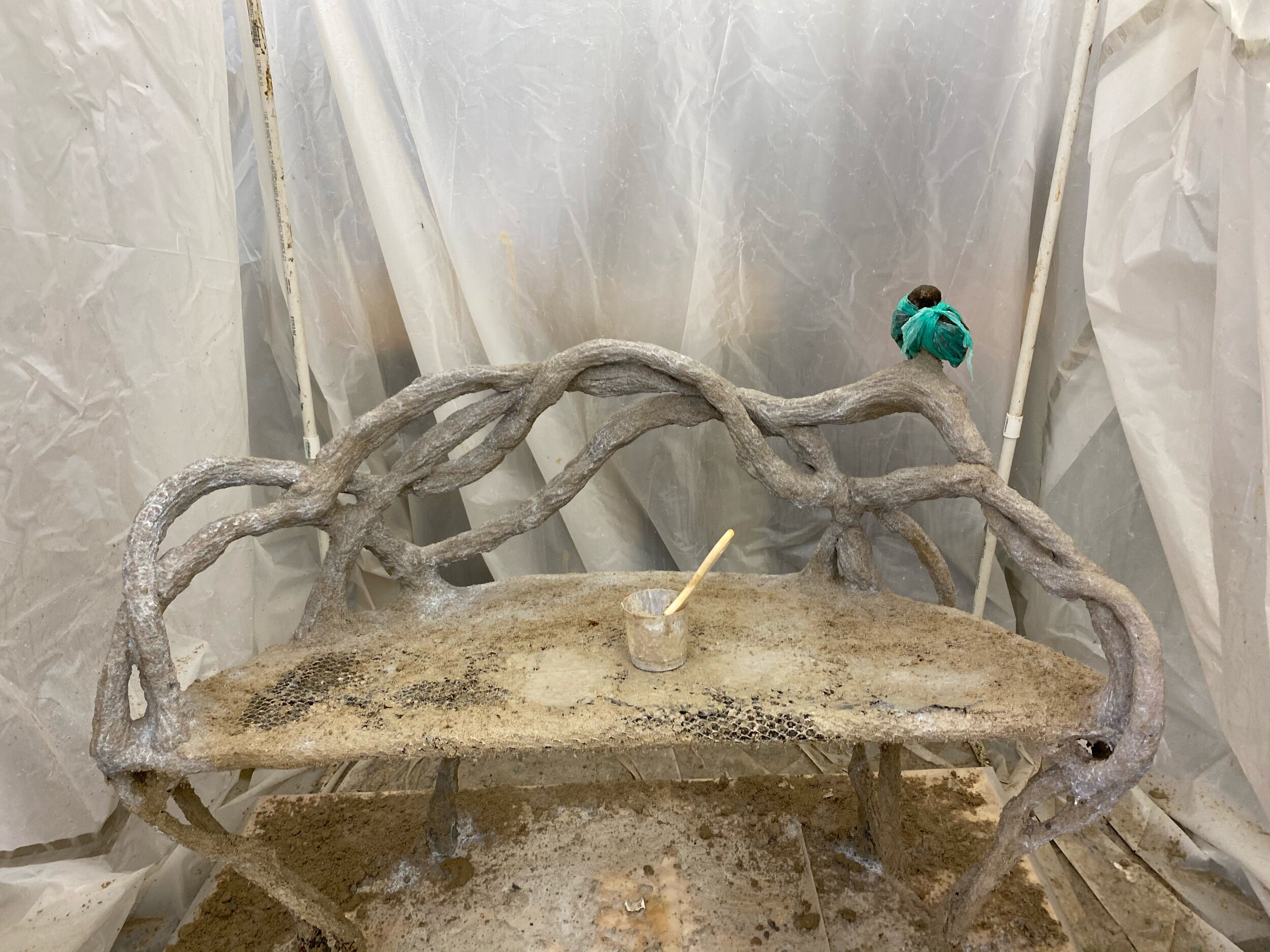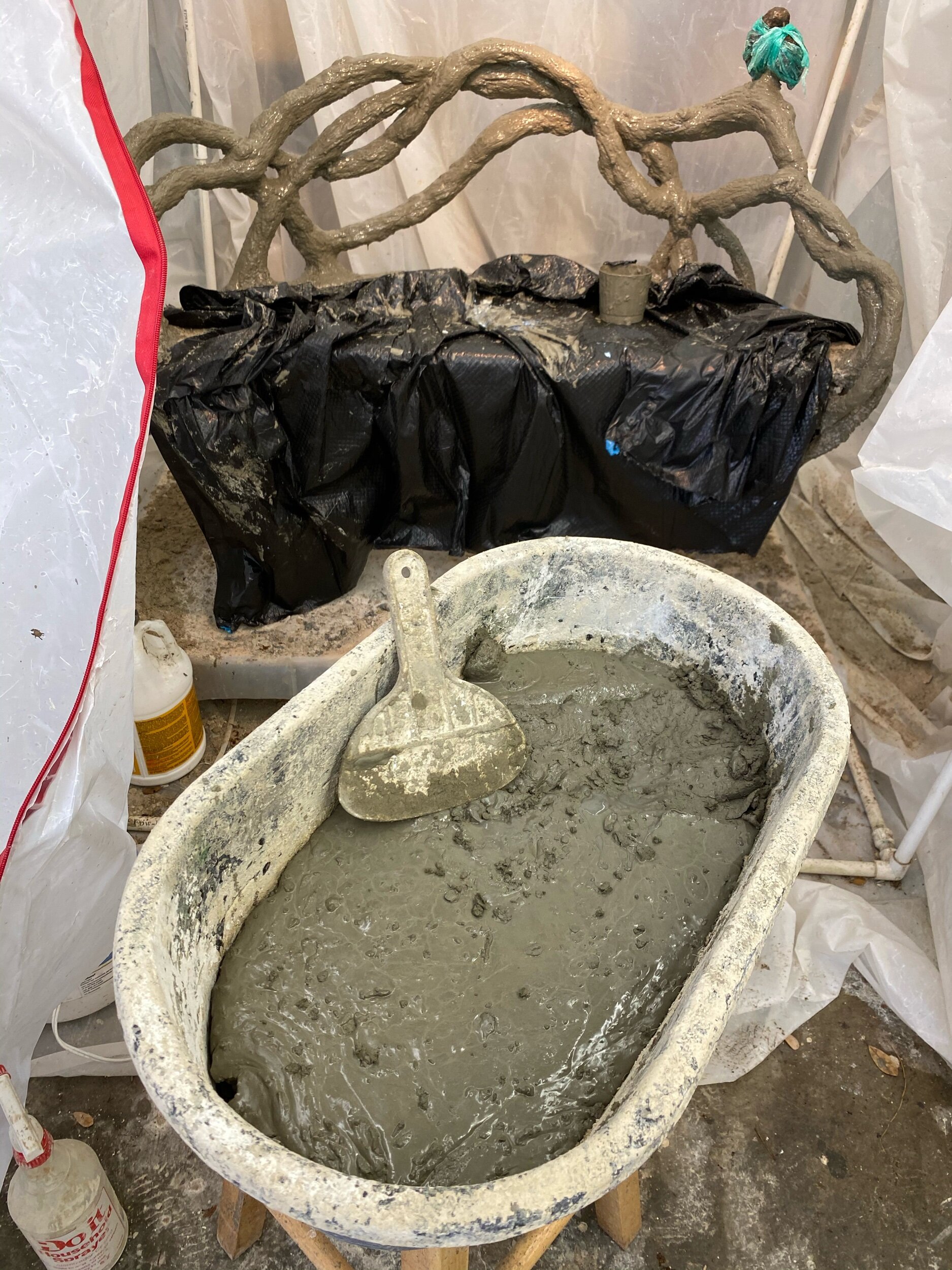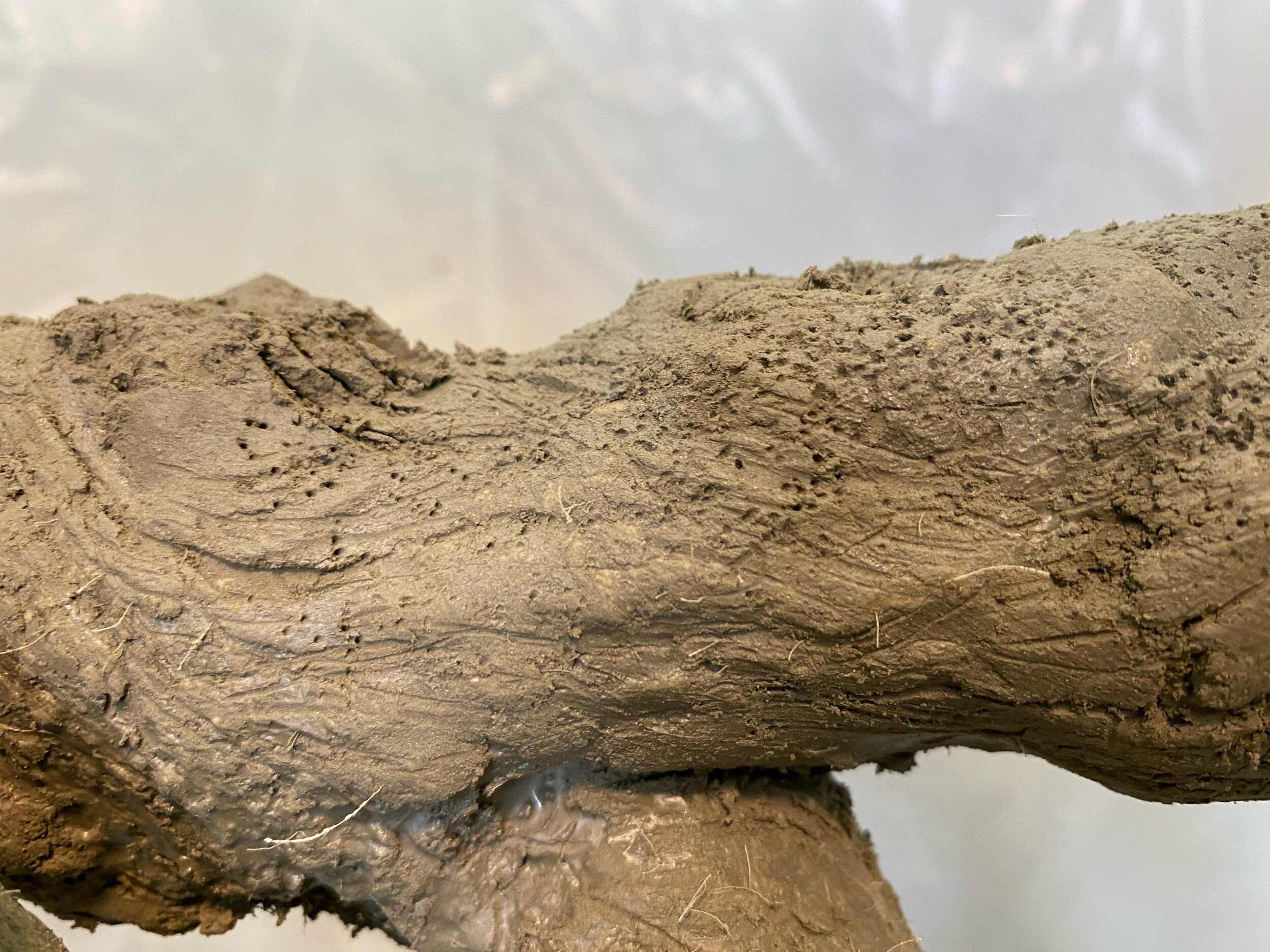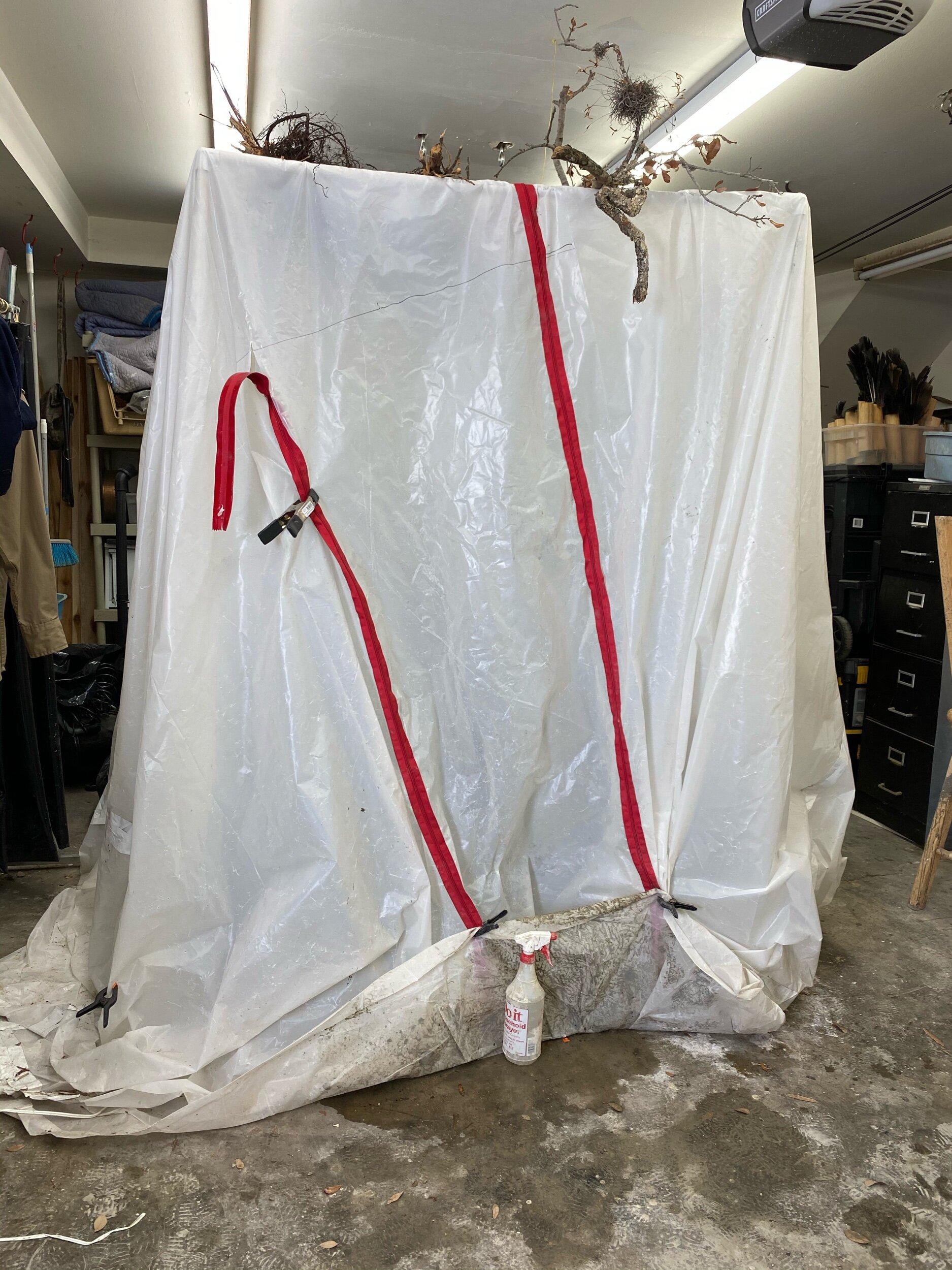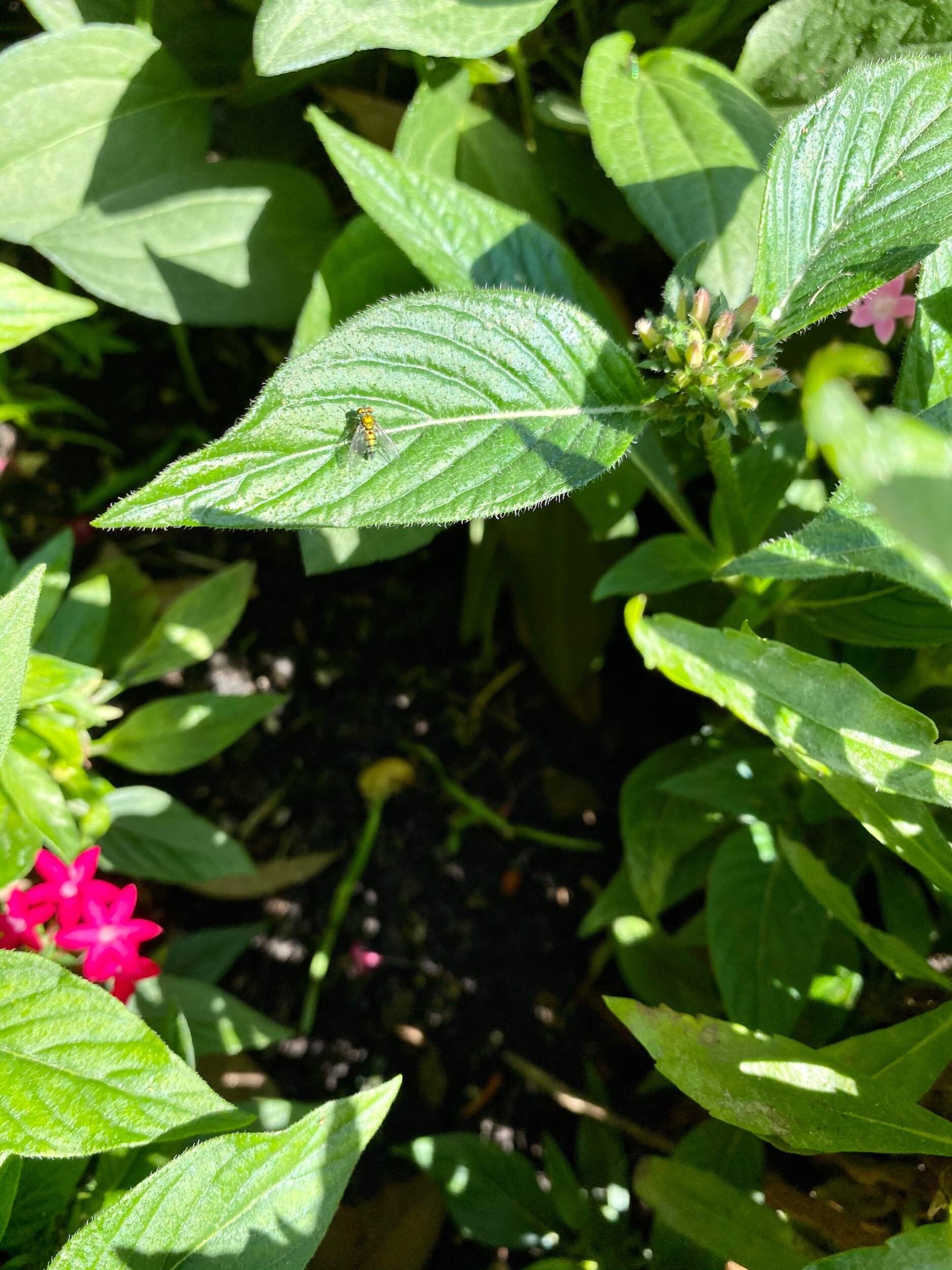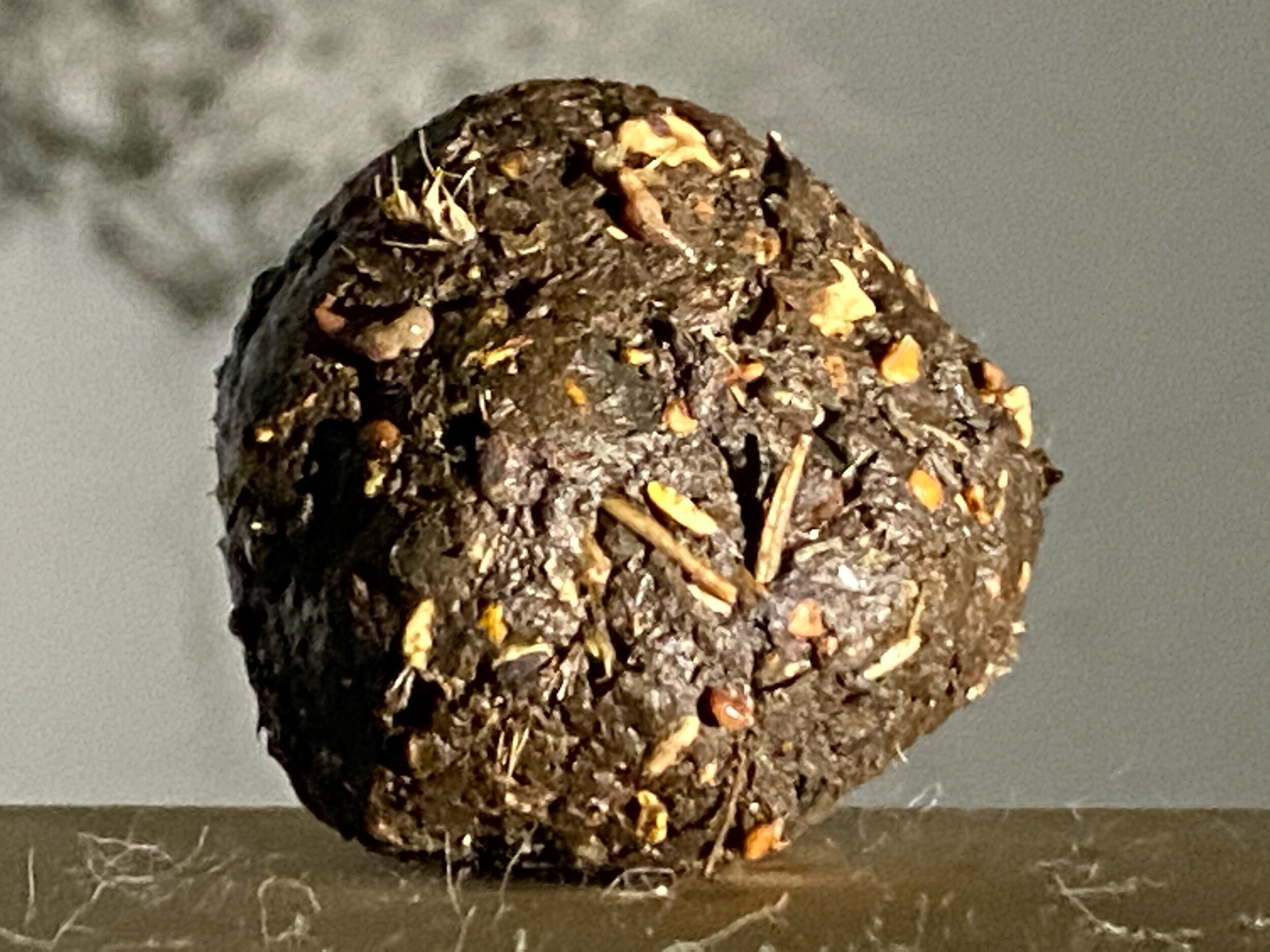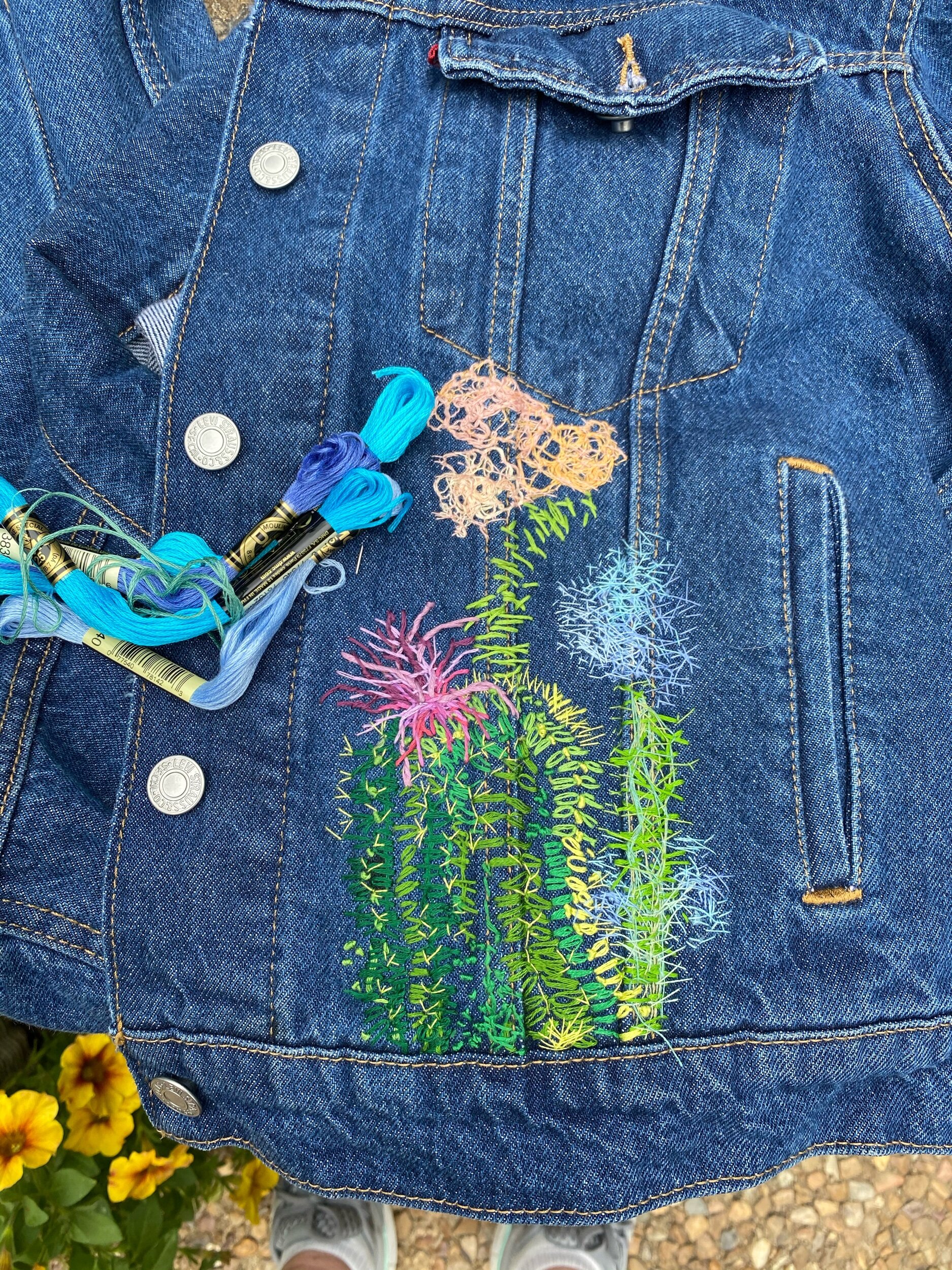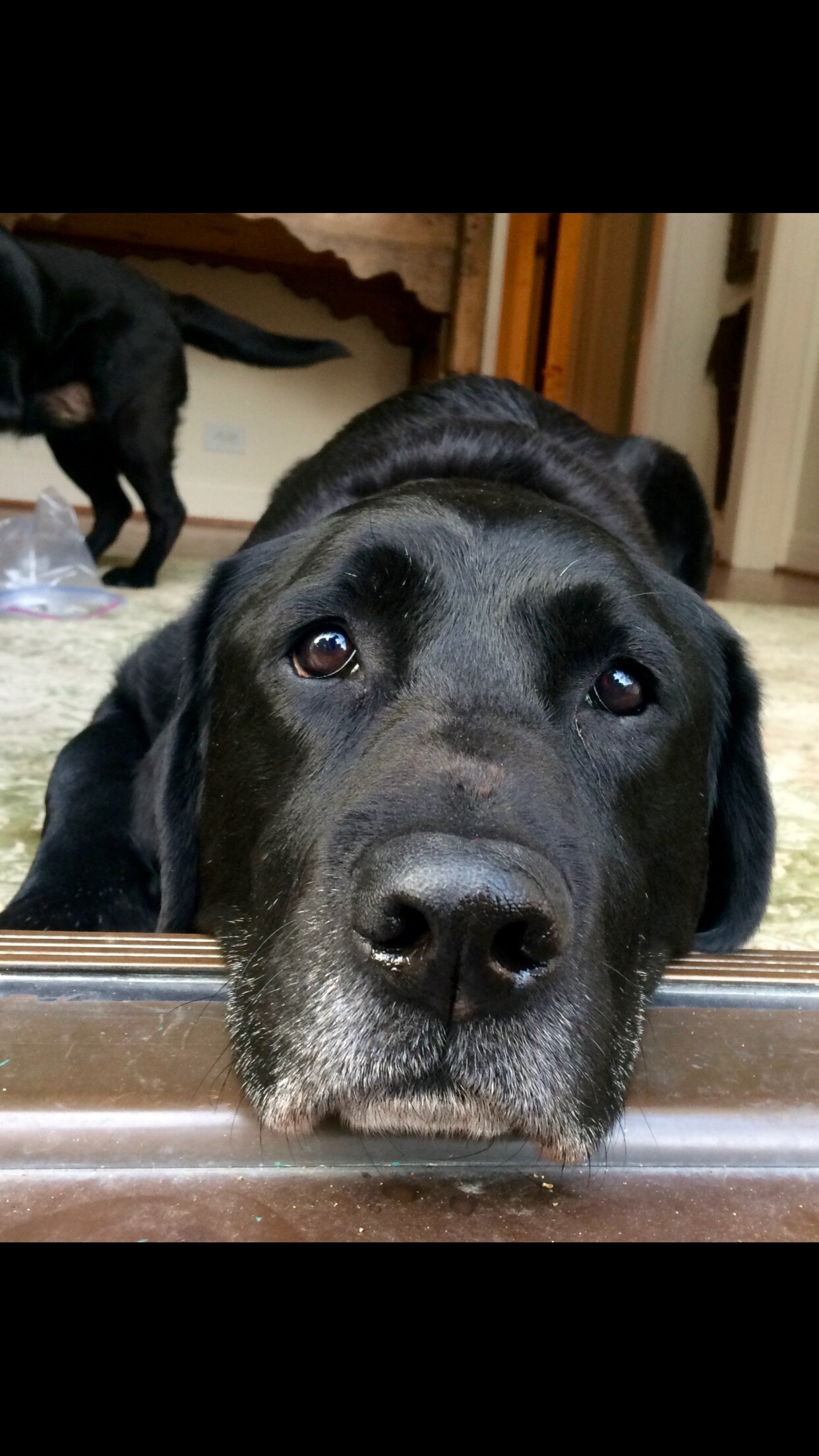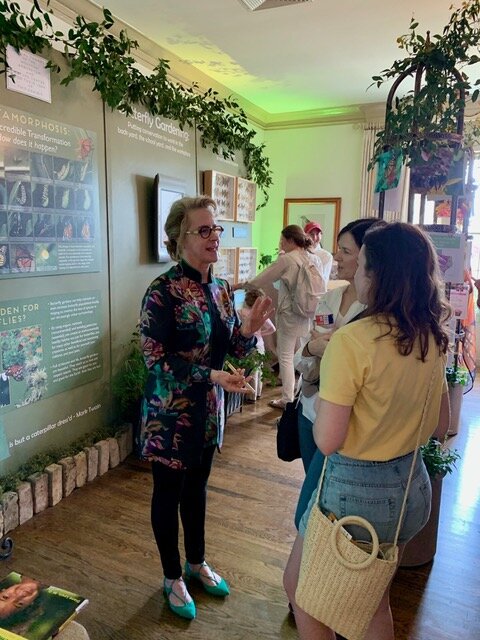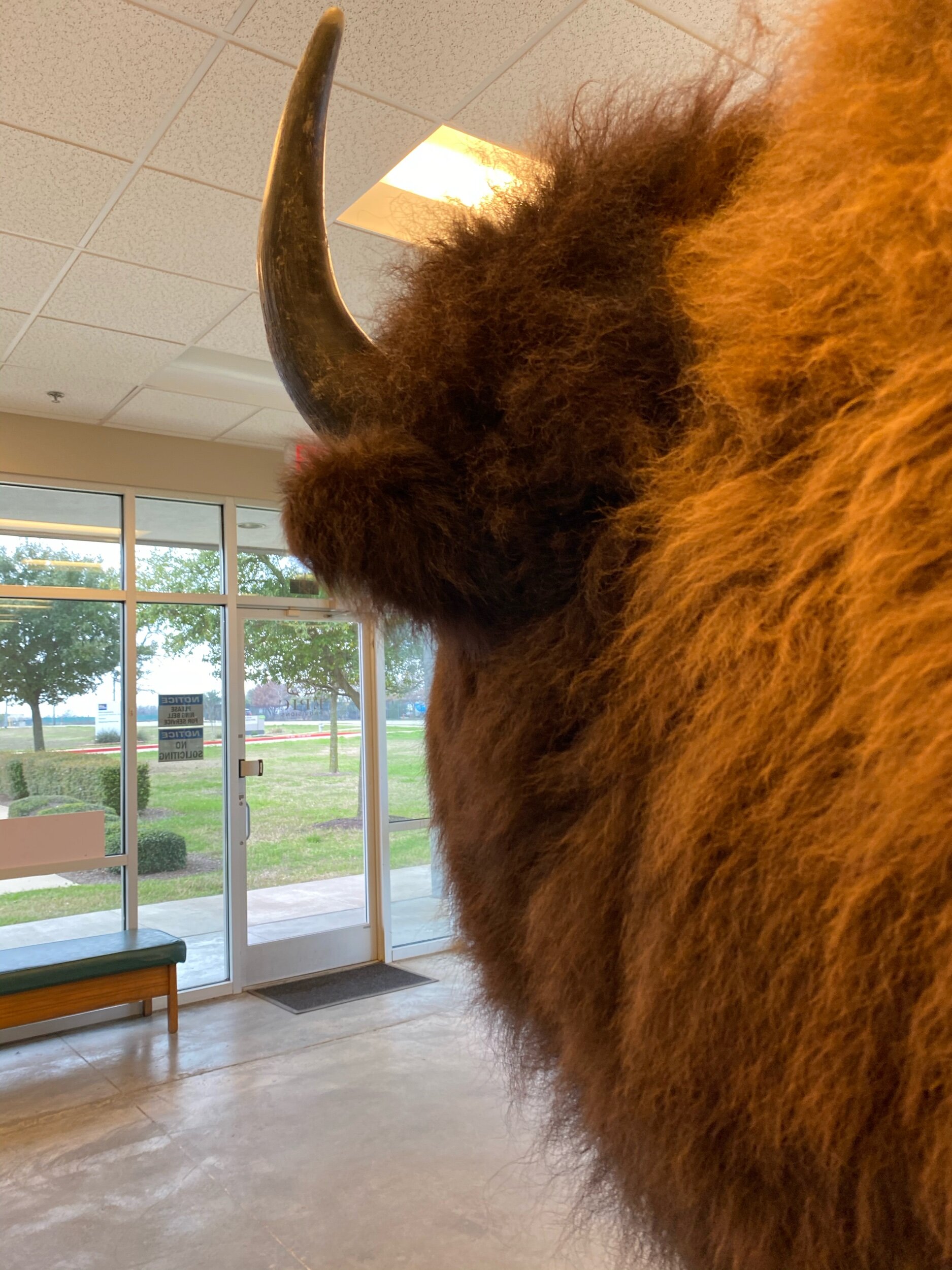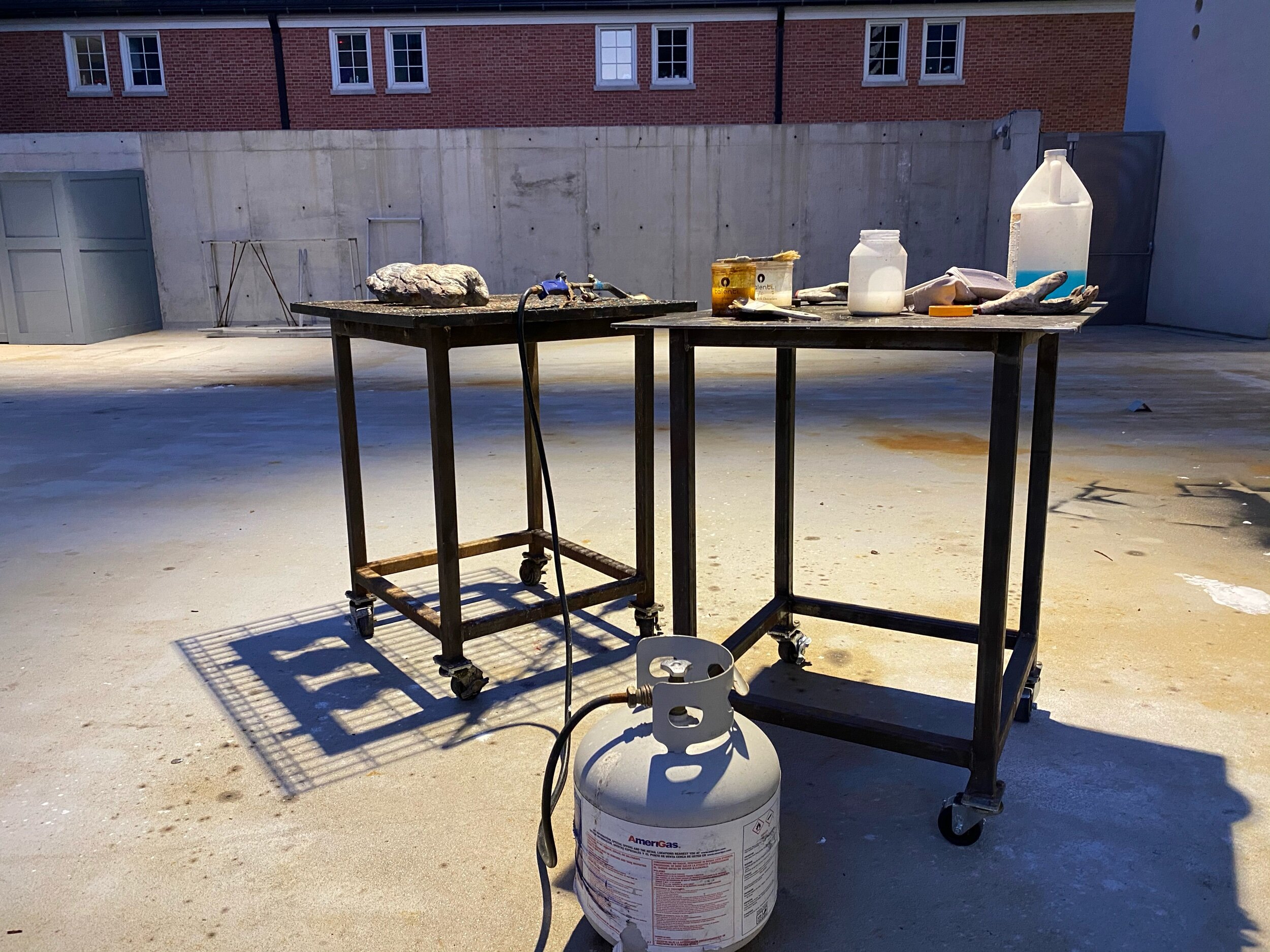In May I started seeking a space to exhibit new environmental, 4D kinetic sculptures. I hoped to use this new work as a start to an art installation inspiring conversations about topics I am very passionate about; the unexpected consequences of forcing natural processes into an industrial model and the complex relationships between humans, plants, and animals.
The stars aligned in July when Sculpture Month Houston’s founder and curator, Volker Eisele, invited me to be one of the 19 artists asked to create a site-specific sculpture in the historic Success Rice Grain Silos behind the Sawyer yard’s artist studios. In the 50th anniversary year of man landing on the moon, this year’s exhibit title is Outta Space from the 2012 Van Halen album A Different Kind of Truth. Outta Space will combine two curatorial themes: one features work focused on environmental degradation issues and the other focuses on interpretations and explorations of Alternative Worlds as envisioned in the fantasies of the artists.
I have passionately committed myself to this installation every day since July. My passion comes from spending my early years on a farm in west Texas, from my concerns regarding industrialized food and its effect on our health, from my love for historic buildings and, most importantly, from my desire to make an impact on the return of our most important keystone species.
As a site specific installation artist my aspiration is to create a piece that is unique to the silo’s space and true to my work. My silo is a circular space constructed from cinder blocks, 18’ in diameter and spans 20’ in height. It has, in the center of the space a 10’ tall funnel suspended from the ceiling. There are a few old, large light fixtures, conduit runs vertical and perpendicular on the walls and there are three entrances to the space. I have three weeks to install the work that I have assembled to date. My mantra as an artist is “if I am not nervous to take on a new project then I am not stretching myself”. I am slightly anxious, yet happy to embrace the butterflies and honored to have my name listed among this year’s SMH artists.
In celebration of the opening there will be food trucks, a bar and music provided by Chapel In The Sky with projections by Michael Walrond - SHDWSOFDUST.
OUTTA SPACE
Public Opening for the Exhibition
Saturday, October 12, 6-9 pm
SITE Gallery Houston,
1502 Sawyer St. Houston, TX 77007,
(The multi-story building behind the artist studios facility).
https://glasstire.com/2016/11/04/the-problems-and-rewards-of-houstons-silos/
https://glasstire.com/2017/10/30/a-conversation-about-art-and-the-silos-on-sawyer/
